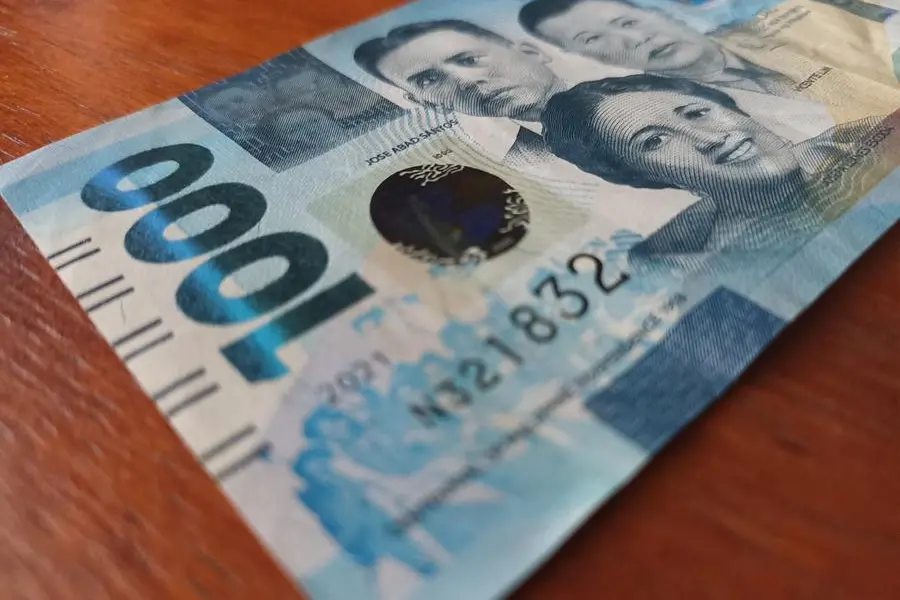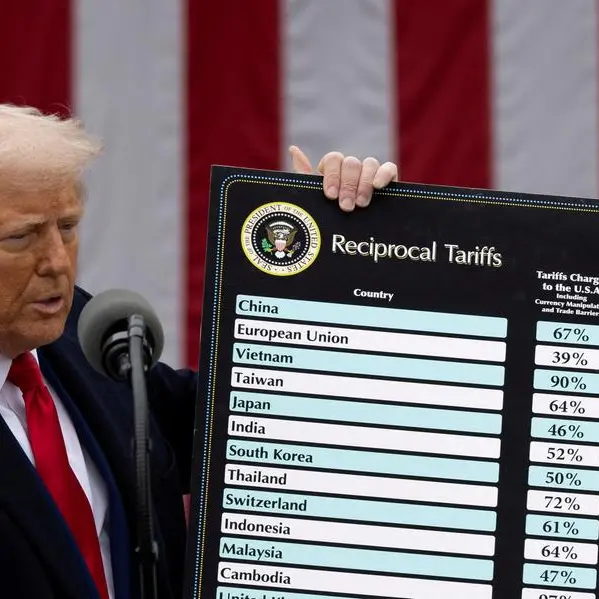PHOTO
Philippine banks tightened their lending standards for corporate borrowers but eased for households amid the aggressive rate hikes delivered by the Bangko Sentral ng Pilipinas (BSP).
The results of the central bank's Q3 Senior Bank Loan Officers' Survey (SLOS) indicated mixed results pointing to a net tightening of loan standards to businesses and a net unchanged lending standards for households.
Using the diffusion index, surveyed banks' outlook showed a net tightening of lending standards in the fourth quarter 'amid expectations of a deterioration in borrowers' profiles and decline in the profitability of banks' portfolios along with banks' reduced tolerance for risk.'
Banks are expecting a net increase in overall loan demand from firms this quarter due to higher inventory and accounts receivables financing requirements along with customers' more optimistic economic outlook.
For households, respondent banks pointed to a net easing in the fourth quarter 'mainly due to improvement in the profitability of banks' portfolios and borrowers' profiles along with banks' higher tolerance for risk.'
Lenders are also expecting an increase in loan demand from households from October to December, driven by expectations of higher household consumption and housing investment, limited availability of other sources of funds and banks' more attractive financing terms.
Latest data from the central bank showed that credit growth slowed for the fifth straight month to hit the slowest pace in almost two years as high interest rates continues to bite.
Loans disbursed by big banks went up by 7.2 percent to P11.07 trillion in end-August from P10.33 trillion in end-August last year. This was slower than the 7.7 percent increase booked in July and was the slowest since the 4.8 percent recorded in December 2021.
The BSP attributed the moderation in bank lending activities in the past few months to the lagged impact of the aggressive rate hikes delivered by monetary authorities to tame inflation and stabilize the peso.
Despite the series of aggressive rate hikes delivered by the central bank, credit growth increased by double-digit levels since April 2022 until it reached a high of 13.9 percent last October and November 2022 as the economy further reopened.
From a double-digit credit growth of 10.2 percent in March, the increase in bank lending slowed to 9.7 percent in April, 9.4 percent in May, 7.8 percent in June, 7.7 percent in July and 7.2 percent in August.
Copyright © 2022 PhilSTAR Daily, Inc Provided by SyndiGate Media Inc. (Syndigate.info).




















